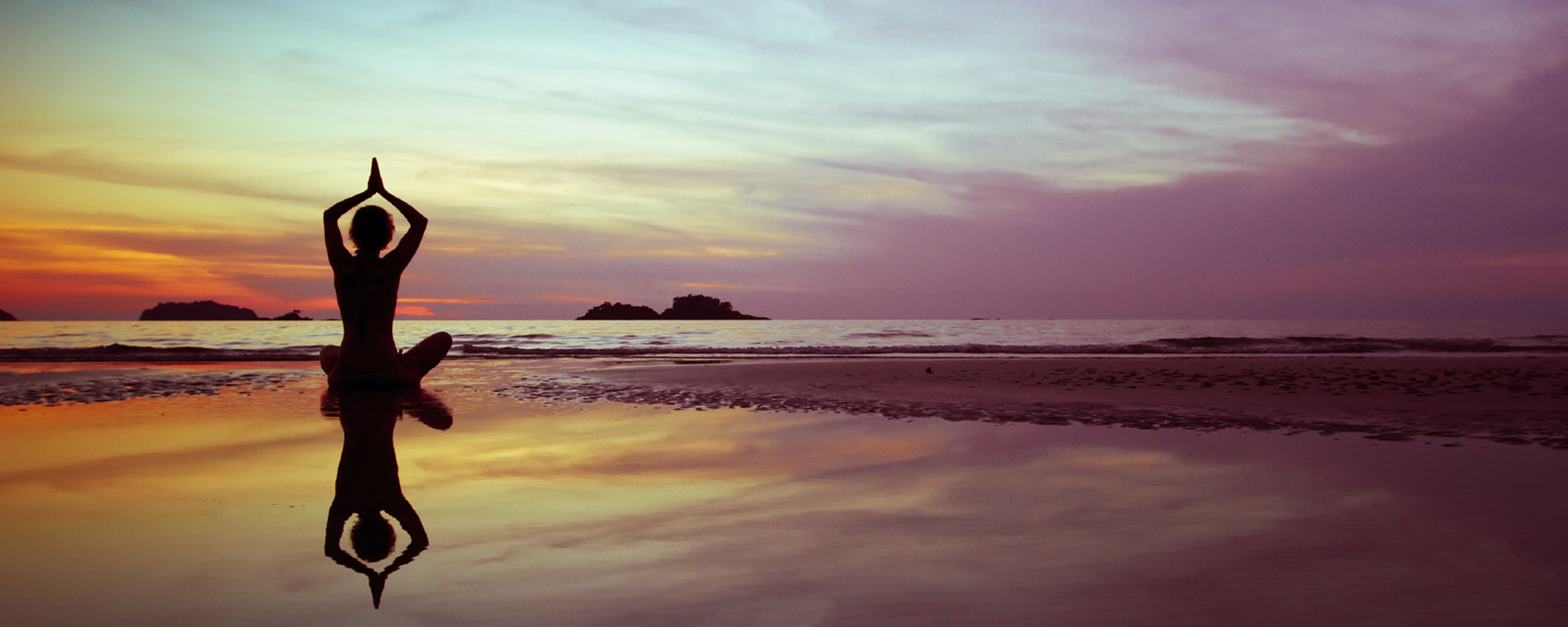View Mindfulness Exercise Videos
Monthly Virtual Mindfulness Drop-In
Take 30 minutes to downshift and practice mindfulness techniques. The guided mindfulness session will be led by a trained BCHD instructor. First Wednesday of the month from 4-4:30 p.m.
Register for Mindfulness Drop-in
View Guided Mindfulness Playlist
To support your mindfulness practice, refer to the collection of audio recordings on the BCHD Guided Mindfulness Playlist.
Questions? Contact Tiana Rideout-Rosales, tiana.rideout-rosales@bchd.org.
What is Mindfulness?
Mindfulness is paying attention to the present moment and your feelings, sensations and sounds with openness, curiosity and kindness. This practice teaches us to meet the experience of the moment without judgement. Over time and with practice, mindfulness helps us gain clarity about circumstances in life and fosters our ability to handle stressors at home and in the workplace.
The daily stress in Hermosa Beach, Manhattan Beach and Redondo Beach has increased from 41.1% in 2015 to 43.3% in 2017 and is statistically higher than the national daily stress level of 40.9%— and this doesn’t include the stress and anxiety people are feeling as a result of the coronavirus pandemic. To address this, BCHD introduced mindfulness programming to target stress, anger and worry. We’re prioritizing social-emotional health and are devoted to integrating mindfulness into our meetings and events.
Social-Emotional Health Resource Guide
For additional resources, visit bchd.org/resources.
Mindfulness Practices at Home and in the Workplace:
- Daily Five-Minute Breath Meditation
Sit comfortably in a place where you are unlikely to be disturbed. Pay attention to the breath for five minutes as it moves in and out of the body (focusing at the nose, chest or at the abdomen.) Allow yourself to attend to the breath with interest and openness. When your mind wanders, notice where you have gone and gently return to the breath. Remember, you are not trying to achieve any particular state ... we are practicing being present now with whatever is here. See what happens. - Mindful Eating
Eat a snack mindfully. Notice the sight, touch, smell, taste, sound and thoughts and feelings you are experiencing while you are eating. When the mind wanders, bring your attention back to the act of eating. - Mindful Movement
The longer you sit at a desk, the worse you physically feel. For every thirty minutes of sitting, do four minutes of movement. Stretch your arms over your head, walk, do some neck rolls. Notice how your body feels before and after you move. - STOP
Stop, Take a Breath, Observe and Proceed. This is a helpful tool to help you cope with stress. Learning to STOP can prevent you from becoming overwhelmed by negative emotions. Also, if the moment is pleasant, you can truly enjoy it, instead of missing it. Doing “STOP” can also add a moment of mindfulness at any time during your day. - Other Daily Mindfulness Practices
Practice mindfulness while brushing your teeth, shaving, making coffee, washing dishes, folding laundry, taking out the garbage, walking to the bathroom, driving, window gazing, etc.
Benefits of Practicing Mindfulness:
- Increases ability to deal and cope with negative emotions and painful life events
- Improves mental health
- Boosts the body’s immune system to fight disease
- Reduces chronic physical pain
- Improves attention and concentration
- Increases interpersonal skills, relationships and compassion
Sources:
Smalley, S and Winston, D. (2010). “Fully Present.”
Hicks, S. (2009). “Mindfulness and Social Work.”
Smith, Jeremy A., Suttie, Jill, Jazaieri, Hooria, & Newman, Kira M. (2017). “The State of Mindfulness Science.”




